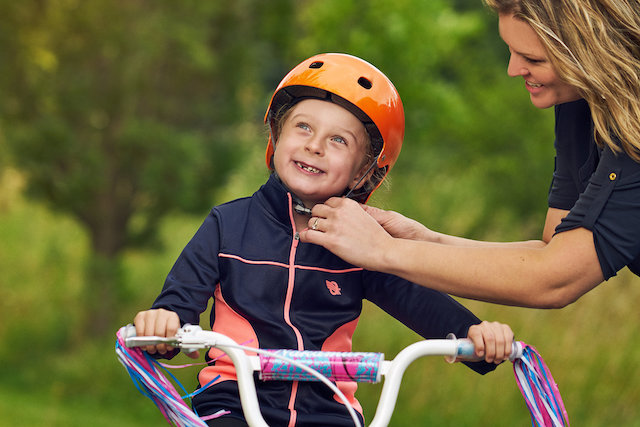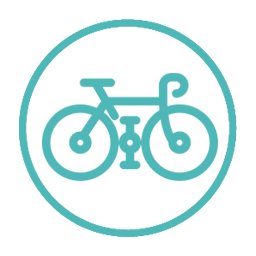Lesson Plans by Grade level
Your Gear
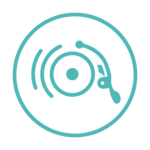


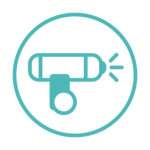
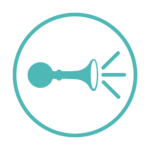
On the Road
Resources
- Young Cyclist’s Guide. Ontario Ministry of Transportation
- Helmet Safety. Toronto Helmet Initiative
- Bike Safety. CAA National
- Cycling Safety. CAA South Central Ontario
- Walk and Wheel Events. Ontario Active School Travel
- Cycling. Parachute
- Safety on Wheels. Elmer the Safety Elephant
